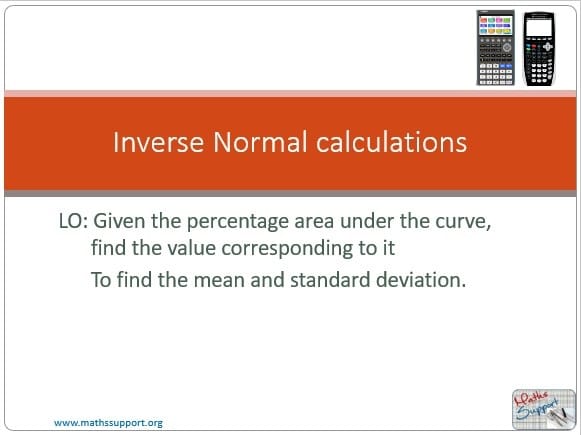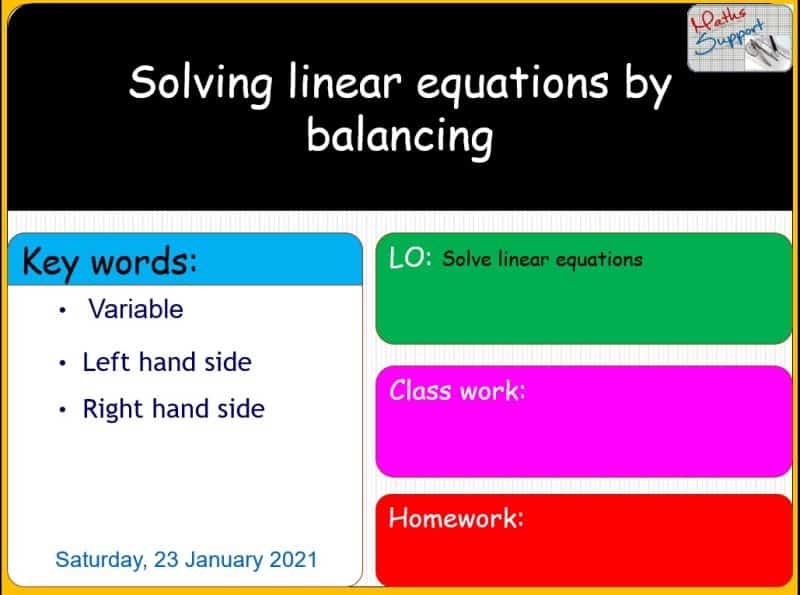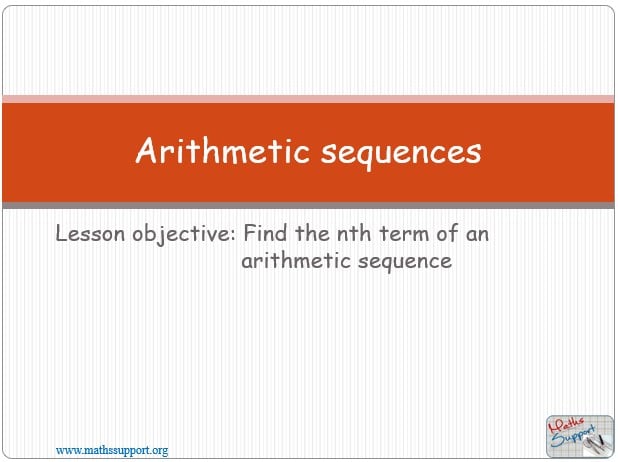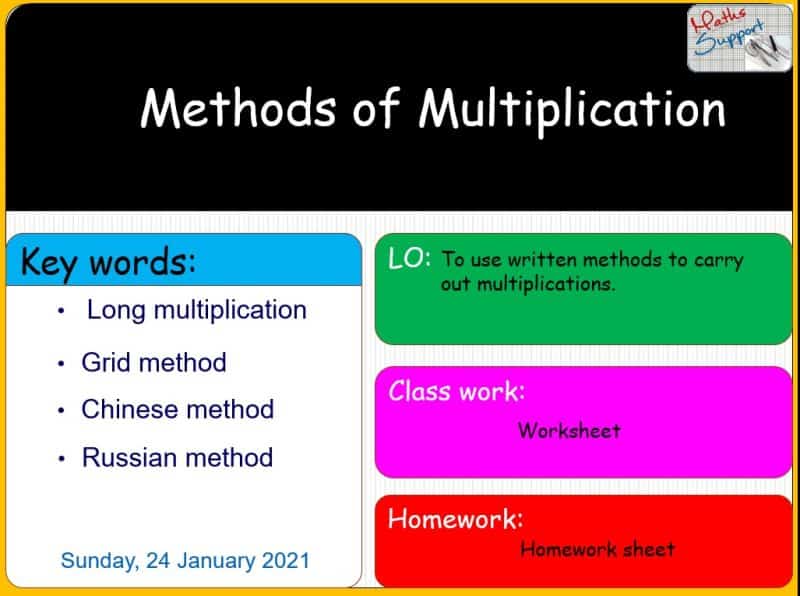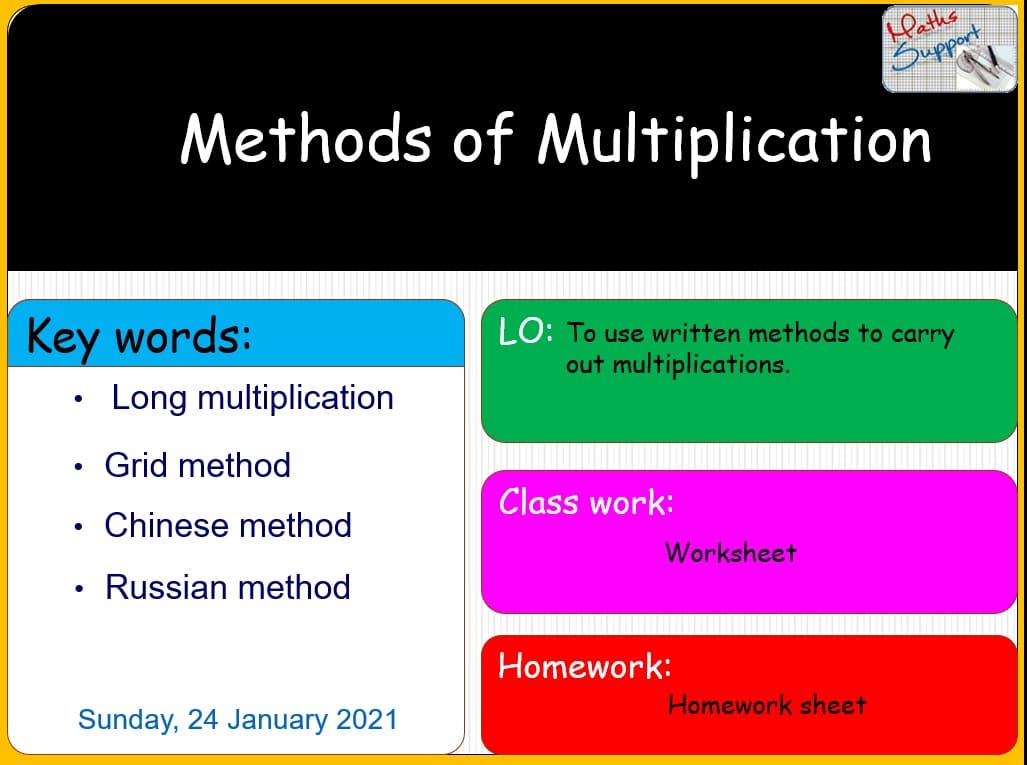Maths IBAI – 4.94 Inverse normal calculations
£5.00
somdn_product_pageInverse normal calculations – Maths IBAI – SL
Engage in an enriching learning experience with our dual PowerPoint presentations explaining how to calculate the corresponding value, given its probability provided that is a normal distribution. Each presentation offers a unique perspective, one utilizing the Casio Graphing Display Calculator (GDC) and the other employing the Texas Instrument Graphing Display Calculator (GDC). Aligned with the Maths IB Applications and interpretation syllabus, our presentations aim to empower students with the skills to navigate and solve problems related to Normal distribution probabilities , utilizing the functionalities of diverse graphing calculators.
Content:
- Two PowerPoint presentation
File size:
-
- PowerPoint 1: using the Casio Graphing Display Calculator, PPTX (1.60 MB)
- PowerPoint 2: using the TI Graphing Display Calculator, PPTX (1.21 MB)
Number of slides:
- PowerPoint 1: 32 slides
- PowerPoint 2: 23 slides
Power Point presentation and PDF files
Be sure that you have an application to open this file type before purchasing.
If you don’t have those apps, for PowerPoint presentations you may have Microsoft office, for PDF files you may download a pdf reader here
Related resources:
The normal distribution, properties; Normal probability calculations.
Preview
Related products
-
Maths KS3 – 2.03.1 Solving linear equations by balancing
£3.50Solving linear equations by balancing – Maths KS3 Power Point presentation, 14 slides, Explaining with examples how to solve simple linear equations using the balancing method, […]
Quick View -
Maths IBAI – 1.21 Arithmetic sequences
£5.00Arithmetic sequences – Maths IBAI – SL PowerPoint presentation, 10 slides, Explaining how to identify arithmetic sequences and how to find the nth term of an […]
Quick View -
Maths KS3 – 1.02.2 Methods of multiplication
£4.00Methods of multiplication – Maths KS3 Power Point presentation, 19 slides, Explaining the following written methods to carry out multiplications: Long multiplication, Grid method, Chinese method, […]
Quick View

